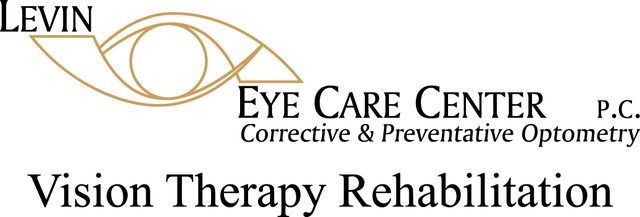
As you reach your 60s and beyond, you need to be attentive to warning signs of age-related eye health problems that could cause vision loss. Many eye diseases have no early symptoms. They may develop painlessly and you may not be aware of changes to your vision until the condition is quite advanced. But wise lifestyle choices and regular eye exams can significantly improve your chances of maintaining good eye health even as you age.
Therefore, regular eye exams are even more important as you reach your senior years. The American Optometric Association recommends annual eye examinations for everyone over age 60. See your doctor of optometry immediately if you notice any changes in your vision.
Age-related Eye and Vision Problems
The following are some vision disorders of which you should be aware:
- Age-related macular degeneration (AMD) is an eye disease affecting the macula, the center of the light sensitive retina at the back of the eye, causing loss of central vision. Although small, the macula is the part of the retina that allows us to see fine detail and colors. Activities like reading, driving, watching TV and recognizing faces all require good central vision provided by the macula. While macular degeneration causes changes in central vision, peripheral or side vision remains unaffected.
An anuual eye exam can help catch devastating eye diseases, like glaucoma and macular degeneration, early. Early detection increases the chances of maintaining healthy vision in senior years.
- Diabetic retinopathy is a condition occurring in people with diabetes. It is the result of progressive damage to the tiny blood vessels that nourish the retina. They leak blood and other fluids that cause swelling of retinal tissue and clouding of vision. The condition usually affects both eyes. The longer a person has diabetes, the more likely they will develop diabetic retinopathy, which can cause blindness.
- Retinal detachment is a tearing or separation of the retina from the underlying tissue. It can be caused by trauma to the eye or head, health problems like advanced diabetes, and inflammatory disorders of the eye. But it most often occurs spontaneously as a result of changes to the gel-like vitreous fluid that fills the back of the eye. If not treated promptly, it can cause permanent vision loss.
- Cataracts are cloudy or opaque areas in the normally clear lens of the eye. Depending upon their size and location, they can interfere with normal vision. Usually cataracts develop in both eyes, but one may be worse than the other. Cataracts can cause a decrease in contrast sensitivity, a dulling of colors and increased sensitivity to glare.
- Glaucoma is a group of eye diseases characterized by damage to the optic nerve resulting in vision loss. People with a family history of glaucoma, African Americans and older adults are at higher risk for developing the disease.
- Dry eye is a condition in which there is an insufficient amount of tears or a poor quality of tears to lubricate and nourish the eye. Tears are necessary for maintaining the health of the front surface of the eye and for providing clear vision. Dry eyes are a common and often chronic problem, particularly in older adults.
Rehabilitation Options
Your doctor of optometry can help plan a rehabilitation program so that you may resume an independent life within your condition’s limitations. A wide variety of rehabilitation options are available to help people with low vision live and work more effectively, efficiently, and safely. Most people can be helped with one or more low vision treatment options. The more commonly prescribed devices are:
- Spectacle-mounted magnifiers — A magnifying lens is mounted in spectacles (this type of system is called a microscope) or on a special headband. This allows use of both hands to complete a close-up task, such as writing a letter.
- Hand-held or spectacle-mounted telescopes — These miniature telescopes are useful for seeing longer distances, such as across the room to watch television, and can also be modified for near (reading) tasks.
- Hand-held and stand magnifiers — These are convenient for short-term reading of things such as price tags, labels, and instrument dials. Both types can be equipped with lights.
- Video magnification — Table-top (closed-circuit television) or head-mounted systems enlarge reading material on a video display. Some systems can be used for distance views tasks. These are portable systems, and those that can be used with a computer or monitor. Image brightness, image size, contrast, and foreground/background color and illumination can be customized.
Read the full article HERE via www.aoa.org
